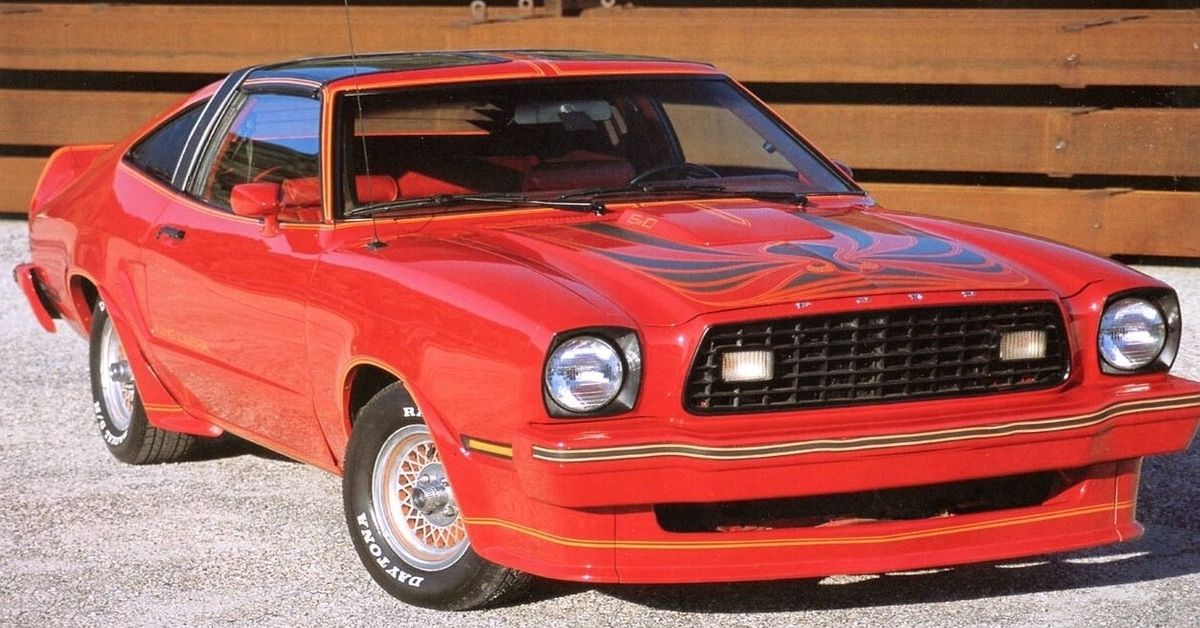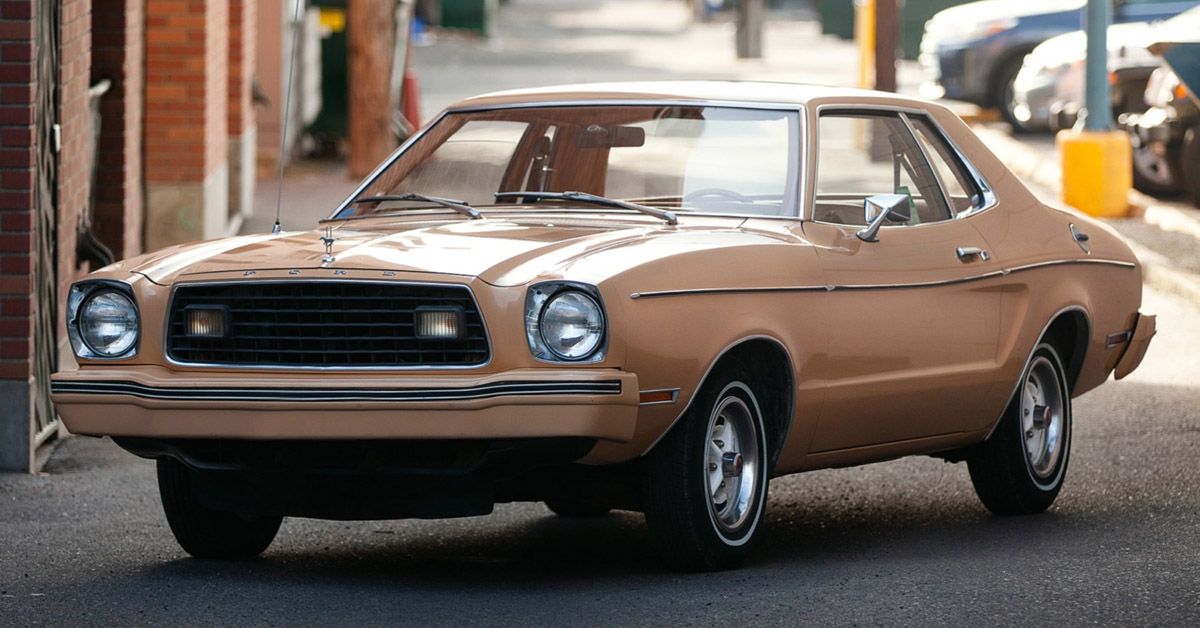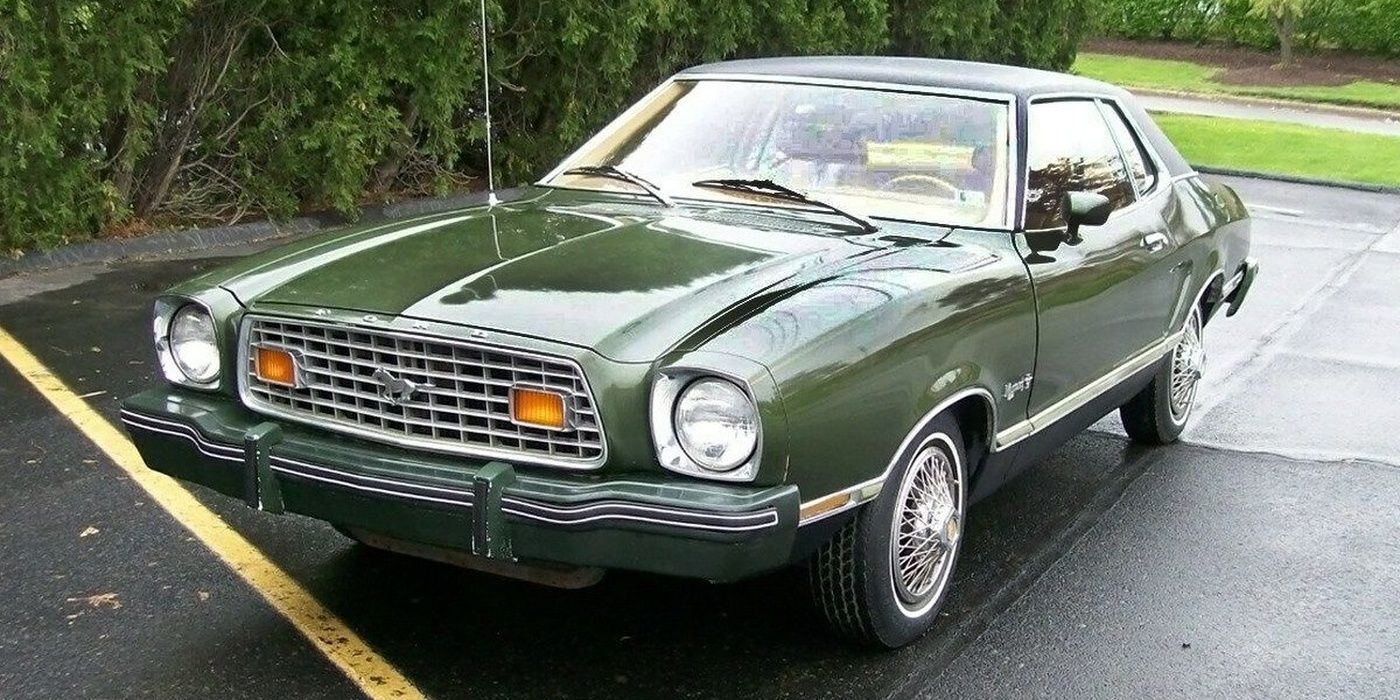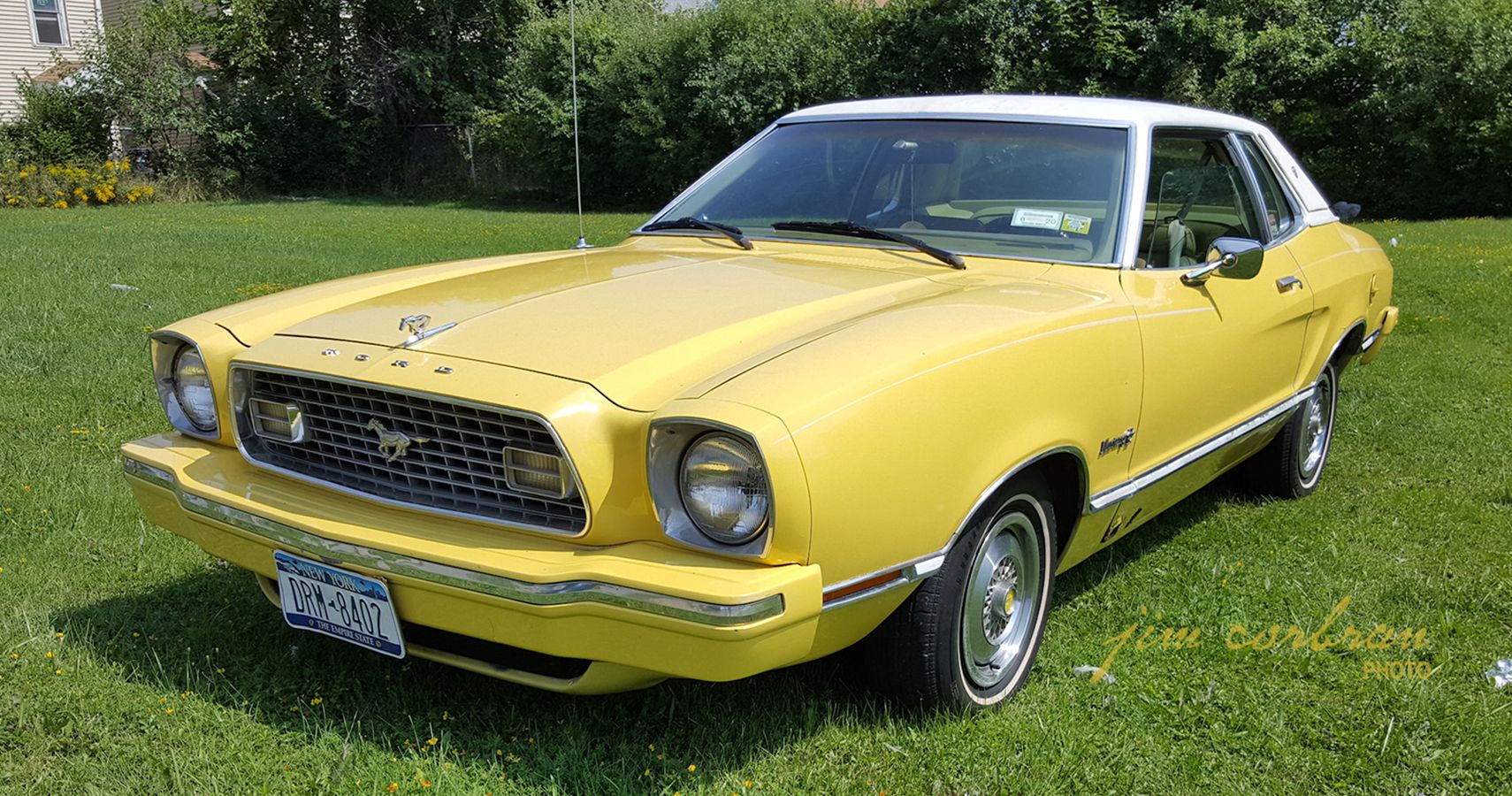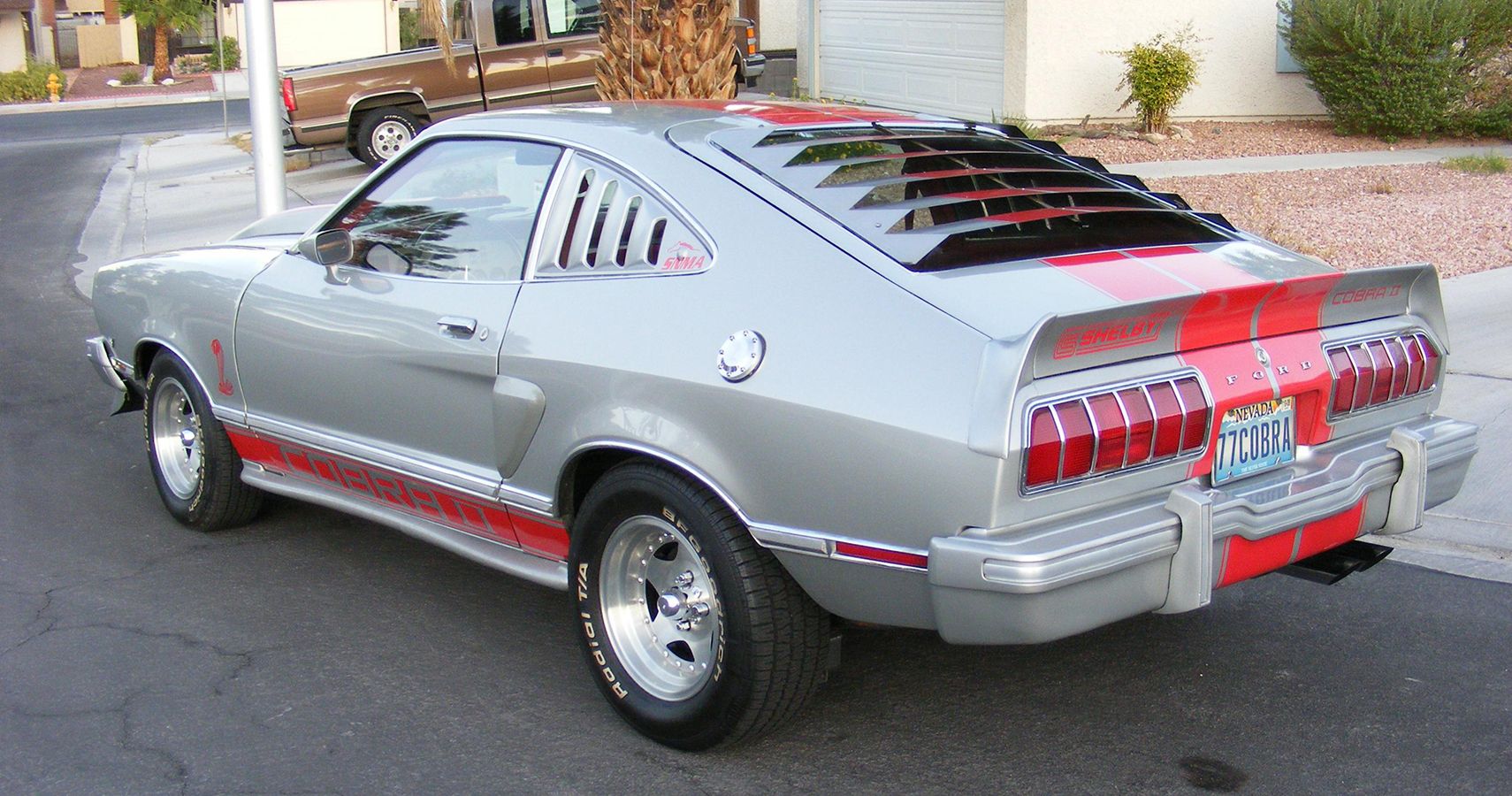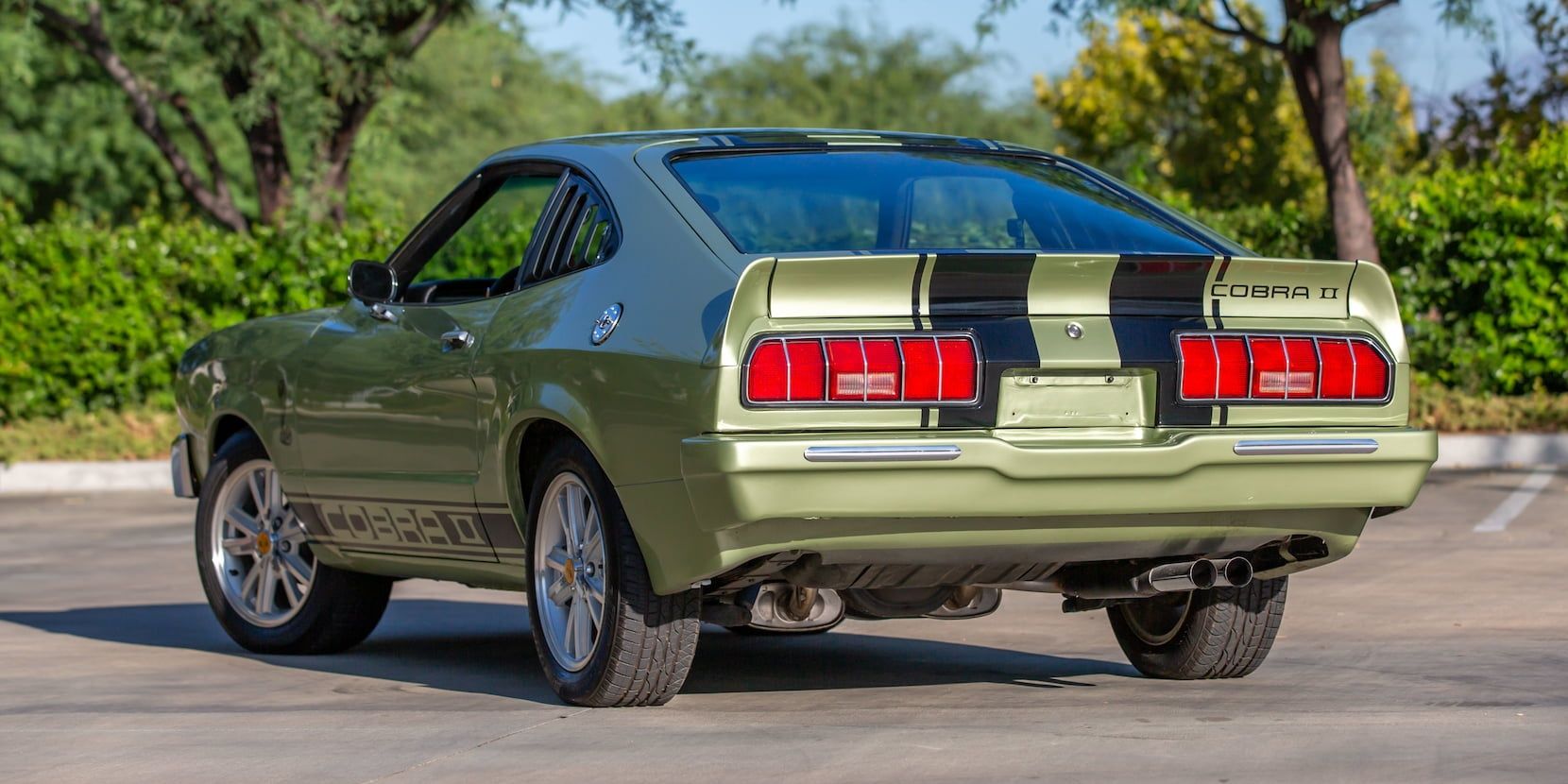Back in the early ’70s, the muscle car era was dying an inevitable death. Safety standards in the US were pushing vehicles to get bigger and bigger to become safer on the road, right when the 1973 oil crisis hit the US, which caused gas prices to climb 300%.
It really was the perfect storm of big, gas-guzzling vehicles hitting the peak of their popularity, right when gas became too expensive for many to buy. It was a storm that left Americans abandoning their muscle cars to turn to smaller imports that skimped on style, performance, and features for the sake of fuel economy.
One muscle car that was hitting its stride right when the 1973 oil crisis hit was the Ford Mustang. With an average yearly sales number of 120,000-150,000, the mustang was still America’s sports car and only gained more impressive designs to comply with the new American safety standards. But the writing was on the wall. The Mustang couldn't last in its current form in the post-oil crisis America.
This led Ford Motor Company’s president Lee Iacocca to make a drastic change…
Downsizing the Mustang
With Lee Iacocca's experience adapting to automotive trends, he saw that muscle cars had to adapt to stay relevant when people just needed a car that would sip gas. With his orders, production began on a smaller Mustang for the 1974 model year that would be based on the Ford Maverick.
These original plans were scrapped, and an even smaller Mustang was unveiled based on the Ford Pinto. The 2nd generation of the Mustang, called the Mustang II, would be released without delay for the 1974 model year.
The big, hulking Mustang of the early 70s was gone, and the Mustang II brought the pony car back to its roots as a small, affordable, sporty car for everyone.
A Different Focus For Ford
While the Mustang was no longer competing with the Chevy Camaro and other muscle cars, it was now going face to face with smaller sports cars like the Toyota Celica.
While previous Mustangs offered a ton of power, they had fit and finish issues throughout the years. Many Mustangs had interior parts that rattled and squeaked, but for the 1974 Mustang II, Lee Iacocca shifted the focus to fit and finish, making sure every Mustang lived up to the pony car’s historic pedigree.
As far as performance goes, the Mustang II was lacking, to say the least, with a four-cylinder engine as standard equipment, and V6 as an option.
Record-Breaking Sales Despite Drop In Performance
Despite its lack of performance, the Mustang II saw sales skyrocket. While the 1973 Mustang sold close to 135,000 units, the 1974 Mustang II sold 385,993 units, making it the best-selling Mustang since 1967.
Customers hardly found an issue with the low-performance numbers of the Mustang II, thanks to its remarkable fuel economy, with an average of 23 MPG at 75 MPH. While that may not seem remarkable today, that was about as good as fuel economy got for American cars of the 1970s.
The Options And Style Galore
As the Mustang II evolved through the years, so did its performance. While the recovery was slow, the 1975 Mustang II finally offered a 302 V8 option, offering 140 HP, which was very respectable for its time.
The Mustang II also focused on style as well as improving performance over time. Hatchback, hardtop, and a “Ghia” trim were offered. The Ghia trim was the luxury Mustang, and while “luxury” and “Mustang” were mutually exclusive in the past, the Ghia offered leather seats and a classy vinyl top.
As years went on, more appearance packages were offered including the iconic “Cobra II” package, which had undertones of Shelby performance in appearance, even though this package didn’t increase performance.
Goes Out With A Bang
The end of the Mustang II came with a killer Mustang, the King Cobra. The final year of the Mustang II, 1978, only saw 4313 King Cobras made, featuring a V8 as an only engine option, and a swipe at Pontiac with a Trans Am-inspired hood decal of a cobra snake in place of their Firebird logo.
The King Cobra is still regarded as one of the best-looking Mustangs of all time by many enthusiasts, and it is one that still brings high dollars today at auction, but if you can purchase one of the remaining couple thousand, consider yourself lucky. They do not appear for sale often.
Why All The Hate?
Today, the Mustang II is looked back on as a product of its time. Today, the Mustang II drives rough, slow, and floaty. It drives more like the Ford Pinto it shares a platform with than any other Mustang. But many people miss the point of this Mustang.
Without the Mustang II, the car would have died. The 1973 oil crisis led to the demise of so many of our favorite muscle cars that couldn't adapt to the times and were discontinued. But the Mustang II kept the car alive. By 1979, the fox body Mustang was unveiled, which led to some of the fastest Fords we’ve ever seen.
Without the Mustang II, we wouldn't have the Mach E today. Just like the Mustang II, the Mach E is a car of its time. EVs are the way of the future, and the Mach E is leading the way, not only to stay alive in the present but to stay alive for the future.
As the Mustang’s competition in the Camaro struggle to keep up with the times and are facing yet another possible discontinuation, the Mustang II showed us that Ford will always adapt to keep our pony car alive.
So next time you see a Mustang II, don’t be disappointed, be thankful that it saved the Mustang for us to enjoy today… Even if it is very slow.

